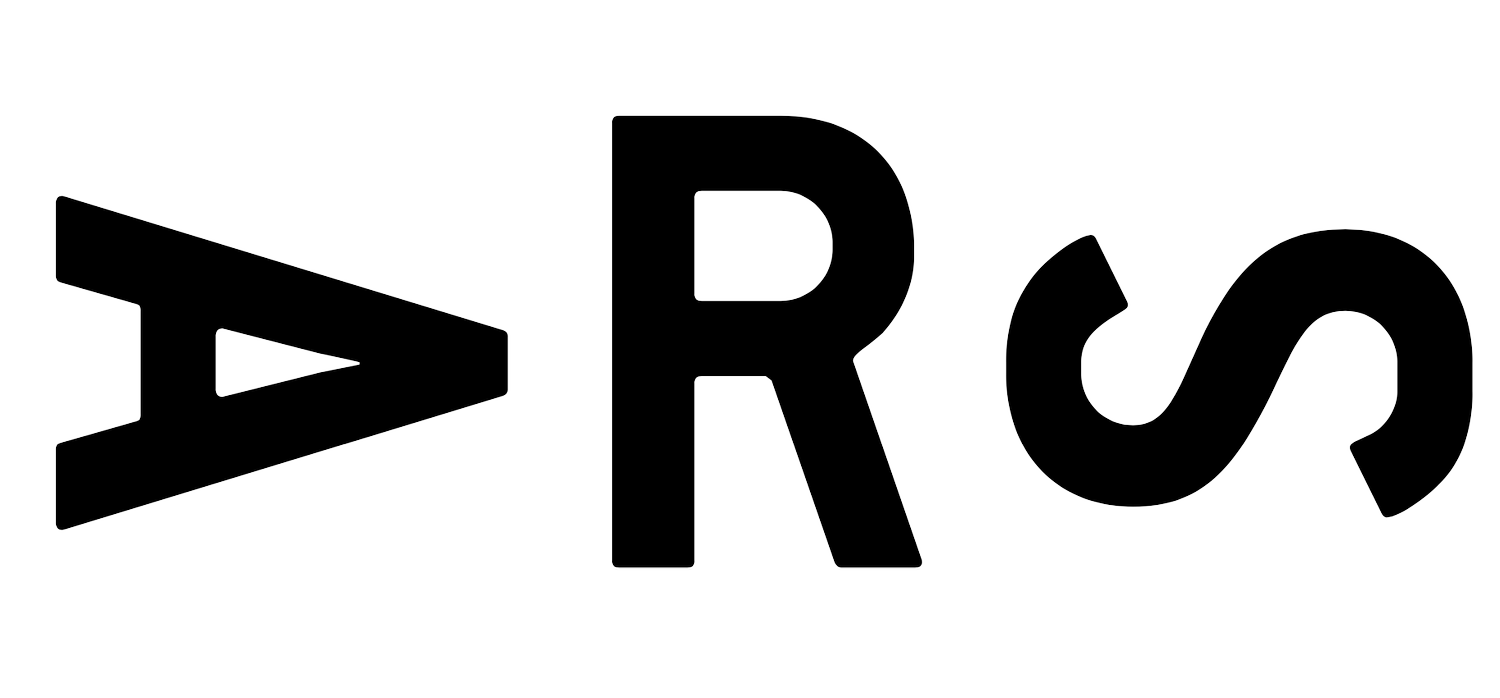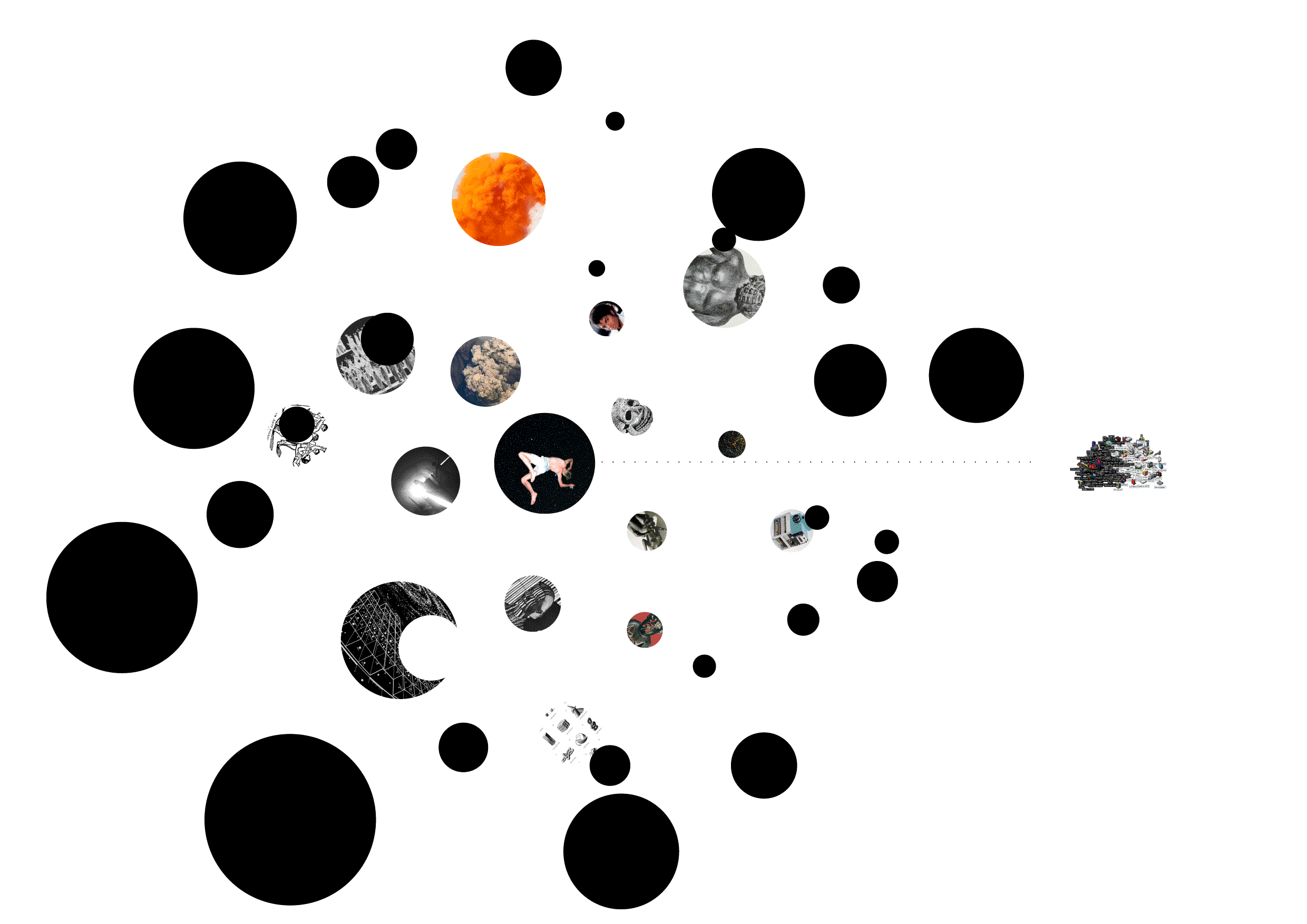Customisation Models:
The Edification of Meaning
How do we imbue objects or experiences with meaning?
This question has captivated me since my childhood, when I began collecting rocks—a hobby that evolved into a profound interest in meteorites. The first time I held a meteorite, I was struck by a sense of awe. Its journey through space, the immense forces it had withstood, and the sheer improbability of it ending up in my hand made it feel extraordinary. This wasn't just a unique object; it was imbued with power, wisdom, and an almost palpable depth. It was, in every sense, meaningful.
In 2014, a visit to a design store in Tokyo triggered a significant realisation. Despite the store's aesthetic allure and the exquisite craftsmanship of its items, there was a sense of emptiness. The objects, while beautiful, seemed to be in a state of anticipation, as if waiting to be endowed with meaning. This experience prompted a critical inquiry: How might we intentionally design the process of embedding meaning into an object?
Today, personalisation often takes on utilitarian forms, from tailor-made fashion to personalised music playlists. However, there remains an evident gap in understanding how to infuse these customised items with true meaning. Does adding your initials to a luxury bag transform it into something as meaningful as my meteorite? Does a Spotify Discover Weekly playlist resonate with the same depth and wisdom?
Often, we expect meaning to arise spontaneously, without actively seeking the principles that guide this process. This oversight highlights the need for a more profound exploration into the design of products, services, and experiences. We must delve deeper into how we can create items that don't just cater to individual preferences but also resonate with a deeper, more personal significance.












